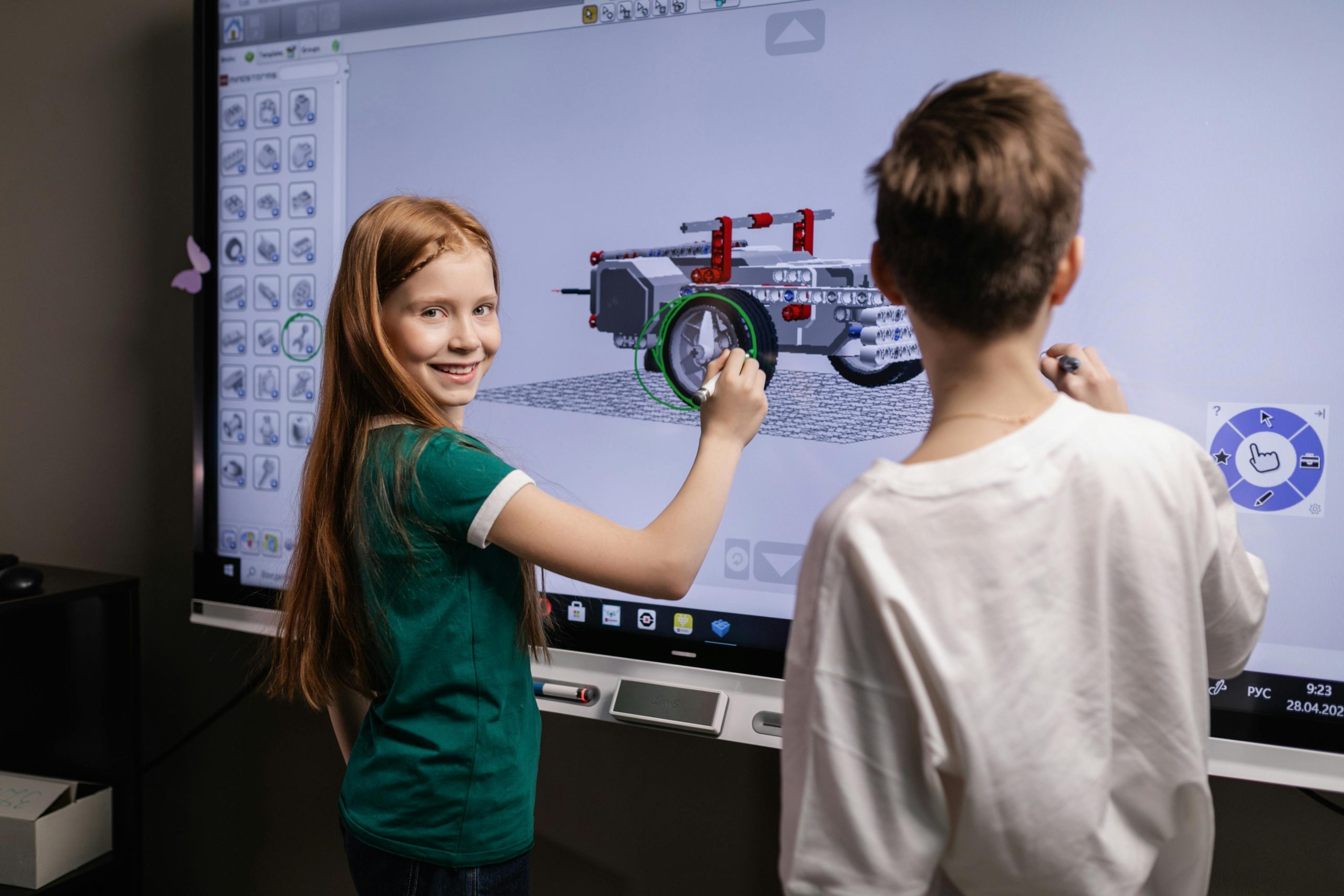In today’s tech-driven world, introducing your child to robotics can be an exciting and educational experience. Robotics combines creativity, problem-solving, and STEM (Science, Technology, Engineering, and Math) skills in a fun, hands-on way. The best part? You don’t need a fancy lab or expensive equipment to get started. With a little guidance and some simple tools, you can teach basic robotics to your child right at home. Here’s how!
Why Teach Robotics to Kids?
Before diving into the “how,” it’s important to understand the “why.” Robotics isn’t just about building cool machines—it’s a gateway to developing essential skills. Here are a few reasons to introduce robotics early:
- Boosts Problem-Solving Skills: Robotics encourages kids to think critically and find solutions to challenges.
- Enhances Creativity: Designing and building robots allows children to express their imagination.
- Builds STEM Foundations: Concepts like coding, mechanics, and electronics become more accessible through hands-on learning.
- Encourages Teamwork: Many robotics projects can be done collaboratively, teaching kids how to work with others.
Now that you know the benefits, let’s explore some fun and easy ways to get started.
Start with Simple Robotics Kits
One of the easiest ways to introduce robotics is by using beginner-friendly kits. These kits come with pre-made parts and step-by-step instructions, making them perfect for young learners. Here are a few options:
- LEGO Mindstorms: Combines the fun of LEGO with robotics, allowing kids to build and program their own robots.
- Makeblock mBot: A budget-friendly kit that teaches coding and robotics basics.
- Sphero SPRK+: A programmable robotic ball that introduces coding in a playful way.
Start with a kit that matches your child’s age and skill level. As they gain confidence, you can move on to more advanced projects.
Teach Basic Coding Concepts
Robotics and coding go hand in hand. Even if your child has no prior experience, you can introduce simple coding concepts using visual programming languages like:
- Scratch: A block-based platform that makes coding intuitive and fun.
- Blockly: Another visual tool that teaches logic and problem-solving.
- LEGO Boost App: Designed for younger kids, this app lets them program their LEGO creations.
Start with drag-and-drop coding exercises before moving to text-based languages like Python. The key is to keep it engaging and frustration-free.
Use Everyday Household Items
You don’t always need a kit to explore robotics. Everyday items can be turned into simple robotic projects. Here are a few ideas:
- Vibrating Brush Bot: Use an old toothbrush, a small motor, and a battery to create a tiny robot that moves around.
- Cardboard Robot Arm: Build a basic arm using cardboard, straws, and strings to teach mechanics.
- DIY Light-Up Toy: Combine LEDs, batteries, and conductive tape to make a simple circuit.
These projects are not only affordable but also teach kids how to repurpose materials creatively.
Make It a Game
Learning is more effective when it’s fun. Turn robotics into a game with challenges like:
- Obstacle Courses: Program a robot to navigate through a homemade maze.
- Robot Races: See whose robot can complete a task the fastest.
- Storytelling with Robots: Have kids create a story where their robot is the main character.
Games keep kids engaged while reinforcing what they’ve learned.
Encourage Exploration and Experimentation
Robotics is all about trial and error. Encourage your child to:
- Ask Questions: What happens if we change the code? Can the robot move differently?
- Make Mistakes: Failure is part of the learning process. Help them troubleshoot and try again.
- Share Their Creations: Let them showcase their robots to family or friends to build confidence.
The more they experiment, the more they’ll learn.
Conclusion
Teaching basic robotics to your child at home doesn’t have to be complicated or expensive. With the right tools, a little creativity, and a playful approach, you can spark a lifelong interest in STEM. Start with simple kits, introduce coding through fun platforms, and use everyday items for hands-on projects. Most importantly, keep it enjoyable—because when learning feels like play, kids are more likely to stick with it. Who knows? You might just be nurturing the next great roboticist!
